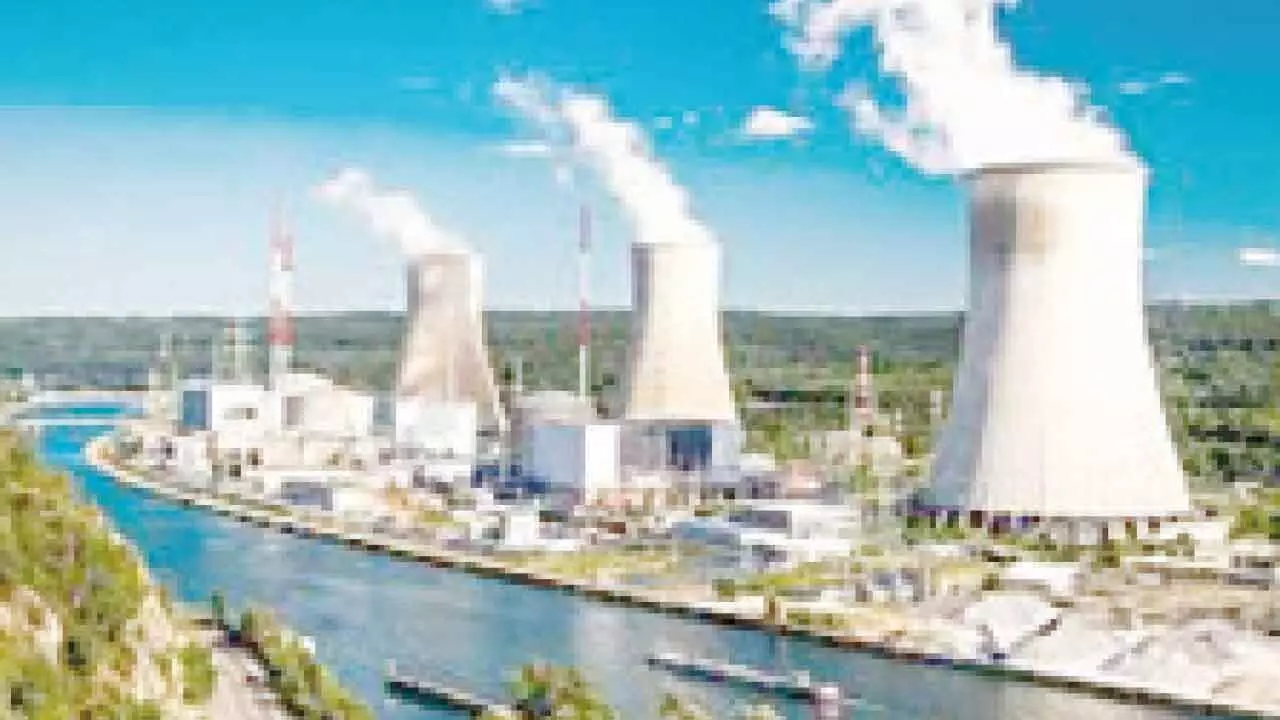India’s Energy Supply Jumps 7.8% In FY24: NSO Report
NSO’s ‘Energy Statistics India 2025’ report reveals strong growth in India's energy supply and consumption in FY24, fuelled by rising demand and expanding renewable capacity
India’s Energy Supply Jumps 7.8% In FY24: NSO Report

The comprehensive annual report, which now includes energy accounting aligned with global standards, highlights India's vast renewable energy potential of over 2.1 million MW, dominated by wind and solar
India recorded robust growth in energy supply and consumption during FY24, driven by rising demand and expanding renewable capacity, according to the National Statistics Office’s Energy Statistics India 2025 report. The annual publication offers a comprehensive view of the country’s energy landscape, covering production, reserves, consumption, and trade across all major energy sources. For the first time, the report includes a chapter on energy accounting aligned with global standards, featuring asset accounts and supply-use tables. India’s renewable energy potential now stands at over 2.1 million MW, with wind and solar dominating the mix.
What is Energy Statistics India 2025?
Energy Statistics India 2025 is an annual publication released by the National Statistics Office (NSO), under the Ministry of Statistics and Programme. It is a comprehensive dataset providing key information across the energy sector in India.
What kind of data is included?
The publication includes a wide array of integrated data concerning all energy commodities in India, such as coal, lignite, petroleum, natural gas, and renewable energy. Specifically, it covers information on reserves, capacity, production, consumption, and the import, export activities related to these energy sources. Furthermore, it presents data in various formats including tables (like the energy balance), graphs (like the Sankey diagram), and sustainable energy indicators that adhere to international standards.
What is a significant new addition to the Energy Statistics India 2025 publication?
A new chapter named ‘energy account’ is included following the System of Environmental Economic Accounting (SEEA), 2012 framework. It provides both asset accounts and a physical supply and use table for the financial years 2022-23 and 2023-24.
What were the key trends in India's energy supply and consumption during the financial year 2023-24?
During FY24, India experienced a steady and healthy growth in both its energy supply and consumption. This growth signifies a recovery from the impact of the global pandemic and supports India's ambition to become a 'Viksit Bharat' (developed India) by 2047. The total Primary Energy Supply (TPES) saw a significant increase of 7.8 per cent compared to the previous year, reaching 9,03,158 kilotonnes of oil equivalent (KToE).
What is the estimated potential for renewable energy generation in India and which sources dominate?
As of March 31, 2024, India's estimated potential for renewable energy generation stood at an impressive 2,109,655 MW. Wind power holds the largest share of this potential, accounting for 1,163,856 MW (approximately 55 per cent). This is followed by solar energy with a potential of 748,990 MW and large hydro projects with a potential of 133,410 MW. Notably, more than half of this renewable energy potential remains untapped.
How has India's installed capacity for renewable electricity generation grown over the past decade?
India has witnessed substantial growth in its installed capacity for electricity generation from renewable sources. As of March 31, 2024, the installed capacity reached 198,213 MW, significant increase from the 81,593 MW recorded on March 31, 2015. This represents a compound annual growth rate (CAGR) of 10.36 per cent over these years.
What trends have been observed in India's per-capita energy consumption and electricity transmission losses?
India has seen a consistent increase in per-capita energy consumption from 14,682 Mega Joule per person in 2014-15 to 18,410 Mega Joule per person in 2023-24, indicating a CAGR of 2.55 per cent. Simultaneously, there has been a notable improvement in the efficiency of electricity utilization, with transmission and distribution losses decreasing from around 23 per cent in 2014-15 to approximately 17 per cent in 2023-24.

